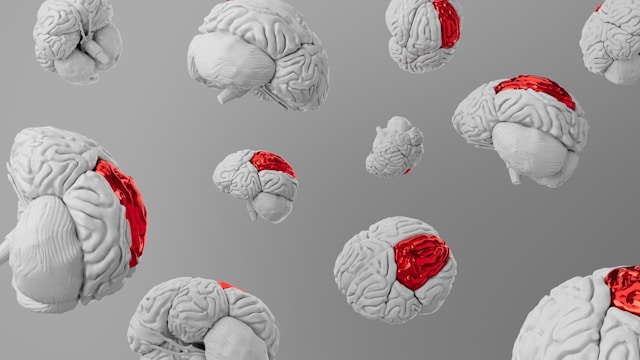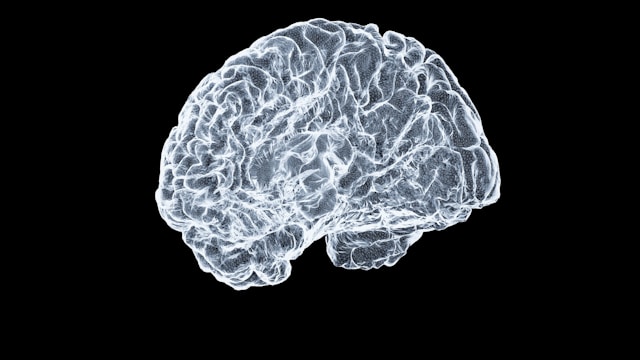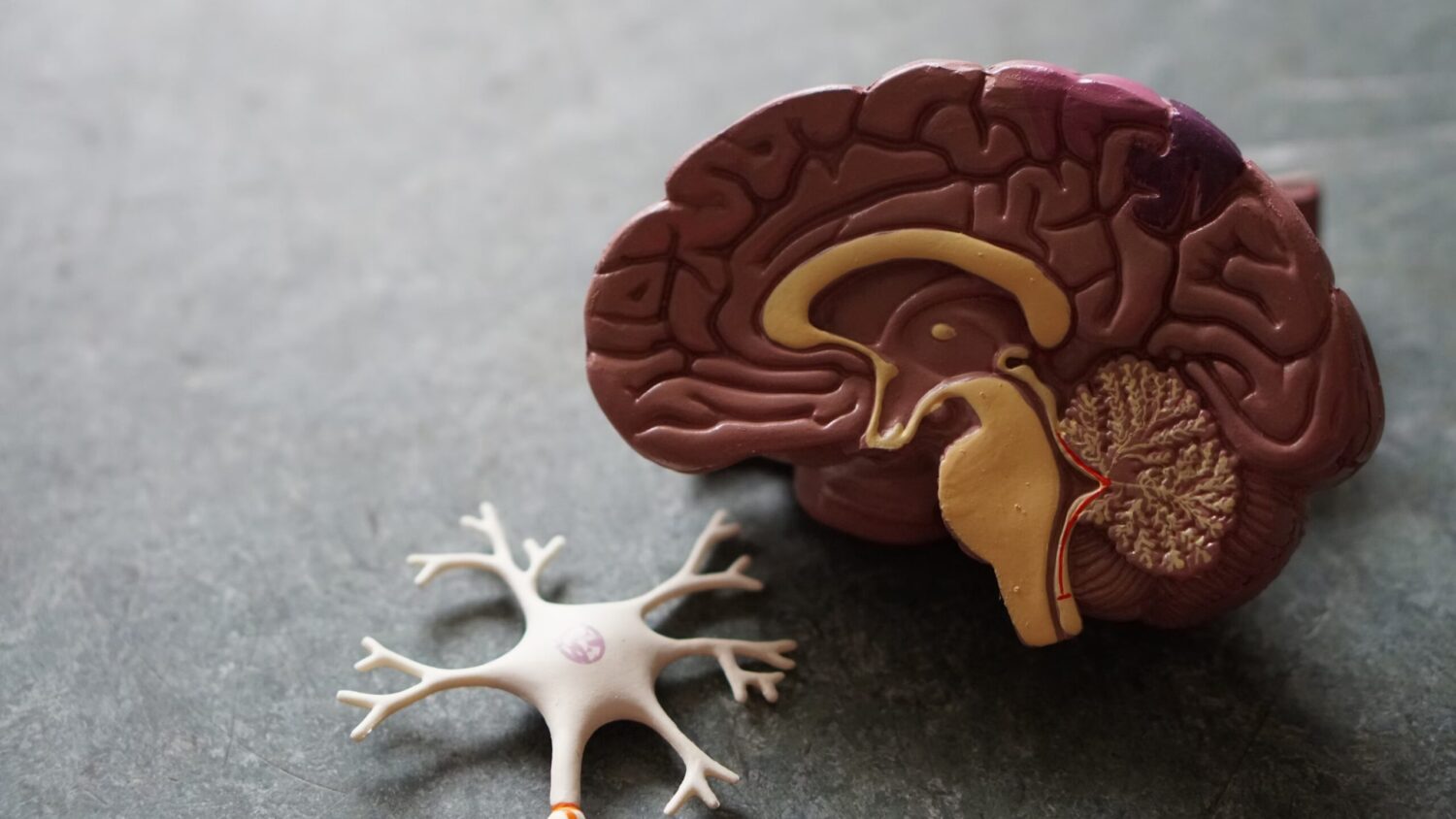Authors:
A.V. Schulkin 2 , E.R. Kazamedov 1 , S.A. Galochkin 1 , V.V. Tolkacheva 1 , railway Cobalava 1
1 FGAOU in Russian University of Friendship of Peoples, Moscow;
2 FSBEI in the Ryazan State Medical University named after Acad. I.P. Pavlova "of the Ministry of Health of Russia, Ryazan
Place of publication:
cardiology and cardiovascular surgery, 2020, T. 13, No. 5
Summary:
Purpose of the study. To study the effects of Mexidol on the level of n-cowline sodium sodium hormone (NT-PROBNP), the severity of oxidative stress, inflammatory reaction and endothelial dysfunction in patients with II-II-III functional class (FC) in the classification of NYHA during consistent intravenous and oral introduction Mexidol for 13 weeks against the background of standard basic therapy. Material and methods. The study included 44 patients with chemical and heart failure of the II -III functional class according to NYHA, a release fraction of less than 50%. The average age was 65.5 ± 11.8 years, 75% were male patients. 21 patients were included in the basic therapy group with the additional purpose of Mexidol (1000 mg intravenously dropped 1 time per day for 7 days, then 250 mg 3 times a day 12 weeks) and 23 patients in the basic therapy group. 34 patients completely completed the study. 10 patients were made in the form of a phone call in connection with an epidemic environment. Initially, on the 7th day and at the 13th week, an assessment of the level of the N-Container's sodium sodium hormone (NT-PROBNP), oxidative stress (the amount of low-minor dyalldehyde (MDA) and the activity of superoxidsmutase (SOD)), an assessment of the level of n-cow cerebral hormone was held. an inflammatory reaction (level of C-reactive protein (CRB), factor of necrosis of tumors α (FNOα)), as well as the content of homocysteine and level of cystatin C. Results. In patients who received Mexidol in addition to basic therapy, a reliably more pronounced decrease in the level of NT-PROBNP, a decrease in the concentration of MDA, a decrease in the level of SRB and FNOα and an increase in the activity of SOD on the 7th day, and after 13 weeks of therapy compared to the group that received therapy was revealed Only basic therapy. Conclusion. When adding to the basic therapy of patients with chemical and heart failure II-III, the NT-PROBNP level has a reliable antioxidant activity, reduces the severity of the inflammatory reaction, slows down the increase in homocysteine, and does not affect the kidney function (cystatin C). Keywords: chronic brain ischemia, heart failure, oxidative stress, antioxidants, N-connection propeptide of cerebral hormone (NT-PROBNP), mild dialdehyde, superoxidsmutase, SRB, ethylmethylhydroxypirinidine sequicine, mexed.









